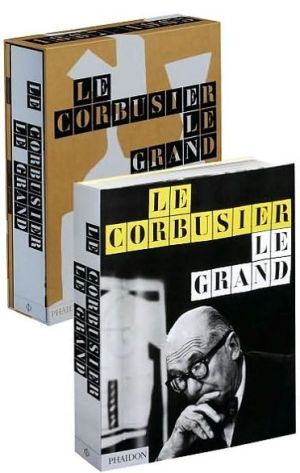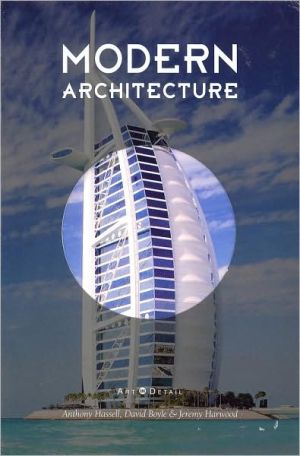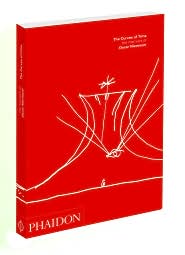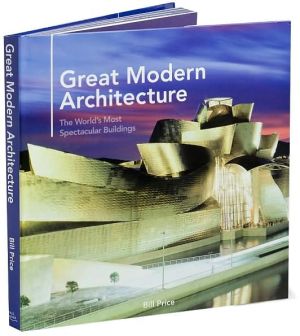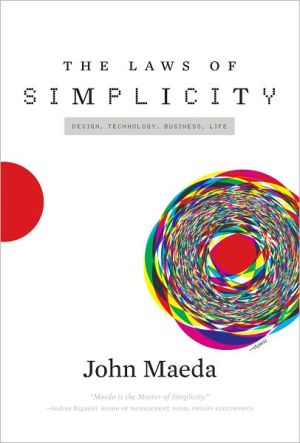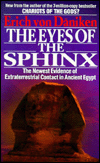Le Corbusier le Grand
Le Corbusier (1887-1965) is one of Modernism's most influential architects, urban planners, and theorists. Born Charles Edouard Jeanneret in La Chaux-de-Fonds, Switzerland, the self-named Le Corbusier was the creator of some of the most important and impressive buildings of the past century - Villa Savoye at Poissy, the Chapel of Notre Dame du Haut at Ronchamp, the Parliament Building in Chandigarh, India. He was also an accomplished painter, sculpture, furniture designer, urbanist, and...
Search in google:
Le Corbusier (1887-1965) is one of Modernism's most influential architects, urban planners, and theorists. Born Charles Edouard Jeanneret in La Chaux-de-Fonds, Switzerland, the self-named Le Corbusier was the creator of some of the most important and impressive buildings of the past century - Villa Savoye at Poissy, the Chapel of Notre Dame du Haut at Ronchamp, the Parliament Building in Chandigarh, India. He was also an accomplished painter, sculpture, furniture designer, urbanist, and author. His work and social theories continue to be a dominant force in the world of architecture and design, while his elegant bearing, typified by his round black eyeglasses (still a signature look for architects around the world), helped cast him as a heroic figure out of Ayn Rand's The Fountainhead.Organized chronologically and drawing on an array of archival material, including sketches, photographs, and correspondences, Le Corbusier Le Grand depicts not only the vast and varied output of Le Corbusier, but also the major events, people, and forces that shaped the life of an artist who continues to fascinate those in and outside the architectural world.The New York Times - Witold Rybczynski…a giant scrapbook of the architect's life and work, including photographs, drawings, travel sketches and reproductions of Le Corbusier's paintings, as well as letters, newspaper clippings, travel documents, ID cards and other ephemera. It sounds confused and confusing, but it's a remarkably effective way to document the great man's life and work. Most architectural monographs include only carefully staged photographs of finished buildings. There are some of those here, but construction photos and impromptu views give a more rounded impression.
